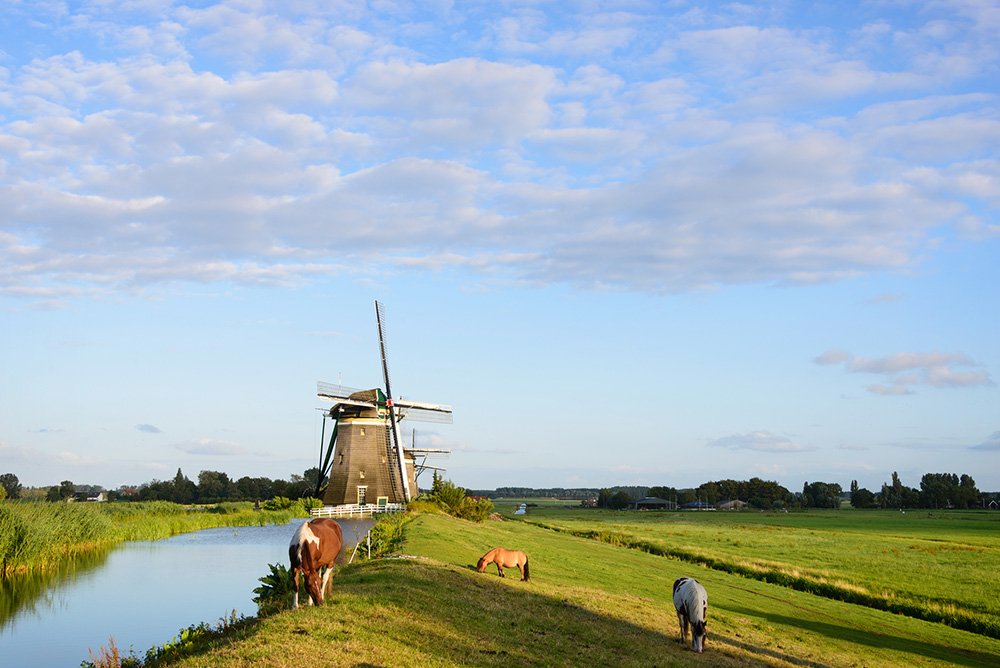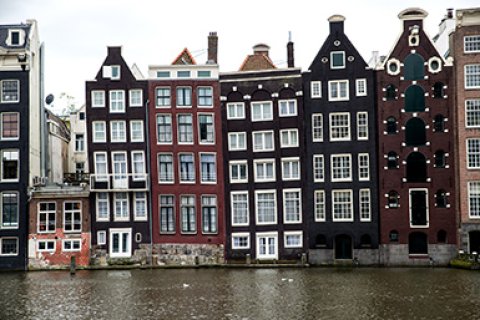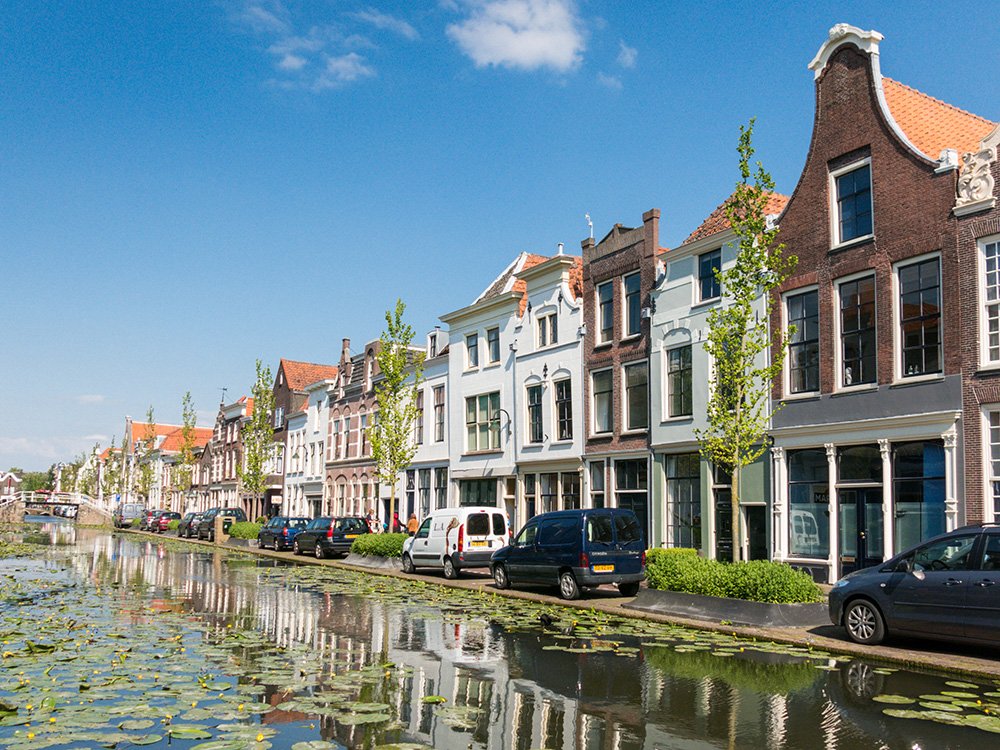5 million for ground-breaking research into soil subsidence in the Netherlands
Subsidy as part of the National Science Agenda
A broad national consortium led by Utrecht University has received a 5 million euro grant to study soil subsidence in the Netherlands. The continued sinking of the ground level and subsoil has major consequences for society and impact on the economy. A wide range of disciplines, including physical geography, satellite geodesy, biology, soil chemistry, agricultural economics, civil engineering, environmental governance and law have joined forces to make the Netherlands more future-proof.

More than 500 million people currently live in river deltas around the world. These areas are used intensively and becoming ever-more densely populated, but they are also characterised by their loose ground. This subsoil is gradually subsiding due to depletion of underground water sources, heavy buildings, and surface water drainage, which results in damage to crops, buildings, and infrastructure. Draining peat bogs can also contribute to global warming, as the dry peat releases greenhouse gases. As the soil subsides, it becomes ever more difficult to keep out the water as sea levels rise. The effects of soil subsidence are clearly visible in the densely populated Dutch river delta. If we wish to continue living in our delta, we will have to come up with a thorough solution to this problem.

Comprehensive study
A large team of researchers has received a five million euro grant for a comprehensive study of the best way for the Netherlands to deal with soil subsidence. Their results will provide residents, businesses, municipalities and water boards with options for the future. The programme’s ultimate goal is to integrate the research into fundamental causes of soil subsidence with other research into policy decisions. This is because soil subsidence has many causes, which together explain the total level of subsidence. The effect of all of these causes can differ from place to place, as does the best approach to use. The main question is how we can reverse our current approach to soil subsidence when the damage becomes too great. In order to answer that question, the causes will have to be broken down to their component parts in a scientifically sound manner.
From data to policy
“In order to achieve all of that, we first want to have more accurate data”, explains Dr. Esther Stouthamer, physical geographer and the project’s founder and leader. “We’ll collect the data from a variety of sources, then we’ll use several different methods to determine how quickly the soil is subsiding in the Netherlands. By combining soil subsidence measurements by satellites with ground measurements on test fields and 3D maps of the sub-surface strata, we’ll be able to analyse the causes of soil subsidence for the entire country using computer models. This is necessary in order to identify the precise causes per location – both natural and man-made – and to find out which combinations currently lead to rapid, long-lasting soil subsidence. Using the same computer models, we’ll also be able to predict how the soil will subside in the future, and what it will cost. We can do that for a number of future scenarios, with and without changes in land use and water management. This will form the foundation of a new policy, and will serve as inspiration for new solutions to help society deal with the problem.”

Trans-disciplinary nature
The research programme’s trans-disciplinary nature demands intensive cooperation between social partners and knowledge institutions. Utrecht University’s other academic partners are Delft University of Technology and Wageningen University & Research. Together, they will cover the fundamental knowledge in the fields of satellite geodesy and civil engineering (Delft), spatial cost-benefit analyses and soil physical and biochemical processes (WUR), and physical geography, biology, spatial planning, and legal aspects (Utrecht University) Other partners include the knowledge institutes Deltares Research Institute, TNO Netherlands Geological Service, and Wageningen Environmental Research. They will play a vital role in managing the national data, advising governments, and applying the knowledge of soil subsidence in real life. Ministries, provinces, municipalities, and water boards represent the programme’s social partners. Other stakeholders include the business community, such as engineering and consulting bureaus.
The problem of soil subsidence is already high on the administrative and executive agendas, and now a scientific research programme has been added to the agendas as well. The programme will utilise case studies provided by the stakeholders, and different units will analyse the causes and explore and innovate potential solutions. This is also the way the research focuses on problem areas that have already been identified.
Esther Stouthamer from Utrecht University will lead the consortium. The faculties of Geosciences, Science, and Law, Economics and Governance will all contribute to the programme.
The project has a 5.0 million euro budget, more than 4.3 of which was provided by National Science Agenda funding. The non-university consortium partners will contribute the rest. The research honoured by the grant falls under the university’s research theme Pathways to Sustainability, specifically in the hub Water, Climate & Future Deltas.

